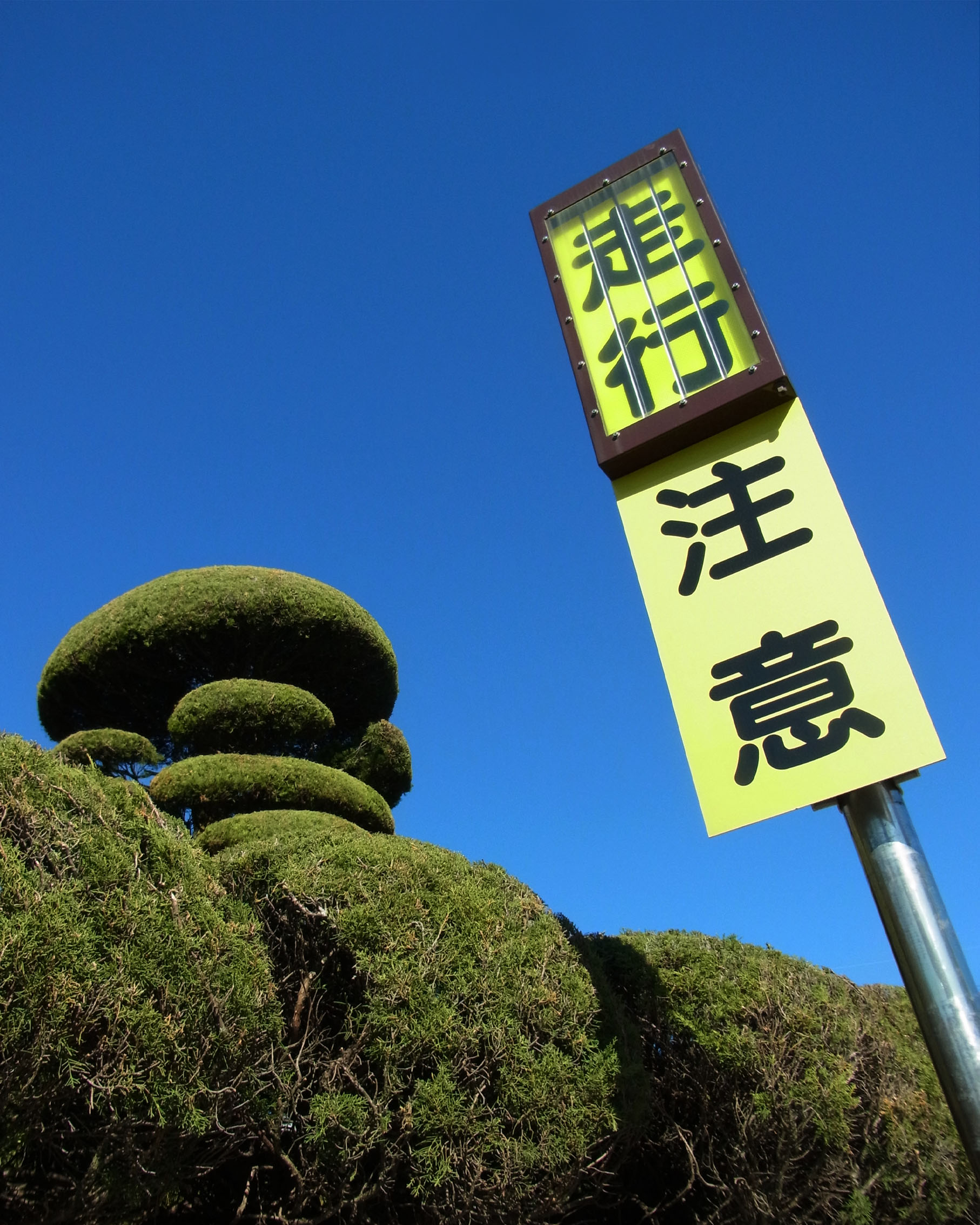For anime and J-drama fans, collecting anime and drama videos and songs is fun. Aside from being entertained, we are able to learn Japanese vocabulary and culture. Because of this, we really want to save and go to Japan to see kawaii (cute) fashion, experience tea ceremony, eat ramen, sushi, go to anime conventions, see Japanese stars, listen to J-pop concerts, etc. Aside from Chinese, Arabic, Thai and Korean, Japanese is said to be one of the hardest languages to learn for English native speakers because of its sentence structures and characters.
If you like Japanese culture, learning this language is not hard as long as you are passionate about it. Aside from learning to speak the survival Japanese phrases, you have to also learn the important Japanese signs and characters so you would not get yourself in trouble especially in travelling to villages or rural areas. Here are the important Japanese signs that you should know when visiting Japan.
1. Restrooms 男 and 女
Avoid the mistake of entering a wrong bathroom, before you see the restroom inside and encounter an embarrassing moment, you have to take note that 男 (otoko) means man while 女 (onna) means woman.
Think of the 男 as a man working in the rice field and think of 女 as a stick person sitting and studying on a table. You may also think女as a bow and arrow.
2. Danger or Hazard 危険
Usually, a red circle with a horizontal bar on the center means do not enter but you might encounter a Japanese symbol only. 危険 (kiken) means danger, peril or hazard.
3. Entrance 入口 and Exit 出口
You will see these doors everywhere. 入口 (iriguchi) means entrance and 出口 (deguchi) means exit.
The 入口 is like a person entering a door and think of 出口 as two mountains and a window.
4. Emergency Exit 非常口
You will see this on establishments. 非常口 (hijiyouguchi) means emergency exit.
5. Stop 止まれ and 禁止 Do not or Not allowed
止 alone means stop. Imagine a guard standing beside a post and raises an arm to stop you. 止まれ (tomare) means stop.
You will see Japanese characters together with this 禁止 . Do not enter or entry forbidden will have this 立入禁止 (tachi iri kinshi).The 入 means to enter while 禁止 (kinshi) means do not or not allowed.
Actually the 禁止 has the same meaning in Chinese (jinzhi) and Korean (geumji).
Here are other examples with 禁止. You don’t have to memorize this because you will surely see its drawings. Just analyze the idea behind 禁止.
Do not enter = 立入禁止 tachi iri kinshi
No eating and drinking = 飲食禁止 in shoku kinshi
No smoking = 禁煙 kin en
Oh there’s an additional bonus!
Warning 警告and Caution 注意
警告 (keikoku) means warning. 警 looks like a small box lets out 4 sticks and 2 small things at the top while 告 looks like a paper stuck at the edge of the cross in top of a grave. 注意 (Chuui) means caution.
You can easily understood the signs by just looking at the drawings but if you can recognize these characters that are mentioned in this article, you can keep yourself out of trouble further and you might also save yourself. Have more fun learning the language. 気をつけて Ki o tsukete or Take care!




